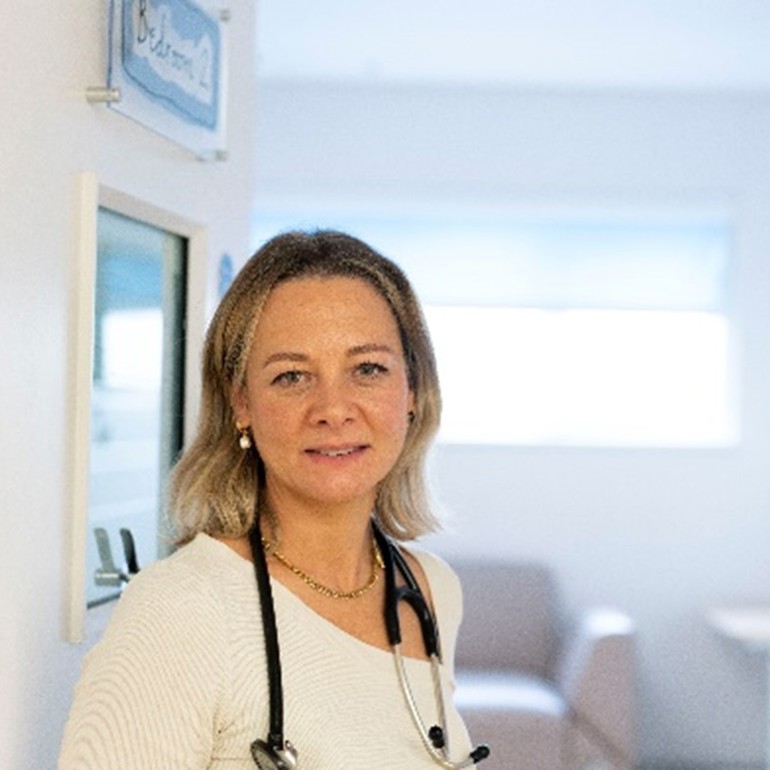Can you tell us a little about what the National Outpatient Sleep Pathway is?
The Optimal Sleep Pathway provides an end-to-end pathway for patients with sleep disorders that is informed by best practice and clinical experience.
It is designed to support sleep services in designing and developing their services to meet current and future demands, and to enable improvements in the quality of services for patients with sleep disorders. Changes to the pathway have the potential to improve patient experience and access to care, reduce outpatient attendances and health inequalities, and to meet NHSE targets. We co-designed the pathway with patients to ensure the issues which are important to patients, such as access to support, self-efficacy and reduction in unwarranted variation, were at the forefront of the work.What are some of the motivations for developing the Pathway?
Sleep is an important area of medicine because sleep conditions have negative impacts on healthcare outcomes and represent a significant economic burden. Untreated sleep disorders result in reduced quality of life for both patients and their partners, which in some cases is comparable to that of Parkinson’s disease or multiple sclerosis.
85% of cases of obstructive sleep apnoea are undiagnosed and we know that undiagnosed obstructive sleep apnoea causes increased healthcare utilisation.
There are many challenges that exist within sleep medicine including capacity, demand, variation and delivery issues. 85% of cases of obstructive sleep apnoea are undiagnosed and we know that undiagnosed obstructive sleep apnoea causes increased healthcare utilisation. We also have significant capacity and backlog challenges with rising referrals: 1/3 respiratory referrals are for sleep conditions at some centres. There are also structural challenges in sleep medicine, as sleep conditions are managed across multiple specialties. Patients who co-produced the work with us also highlighted several challenges with the current sleep pathway, including delays to diagnosis, lack of support and lack of patient involvement in service redesign.How will the Pathway benefit patients with sleep-related health concerns?
Increased awareness and identification with reduced diagnostic delay would enable reduced financial, social and health impact of sleep conditions: there is opportunity for an estimated £55m annual savings if all patients with moderate to severe OSAHS are diagnosed and treated. Improved referral information can enhance downstream efficiencies and the interface between primary and specialist services, enabling patients to receive effective care and advice as early as possible. Patient supported self-management, education and information improves self-efficacy and wellbeing, provides patients with more control over their own health and enables patients to better manage their condition. Reducing unnecessary healthcare attendances and variation by delivering the right care at the right time in the optimal care setting and using digital technology to support patient care, aligns with Long Term Plan goals to remove the need for 1/3 of hospital outpatient attendances a year by 2023/24, and to convert 5% of outpatient attendances to PIFU pathways by March 2023. This supports the ability to deliver patient-centred care with more personalised follow up.What impact will the Pathway have on the multi-disciplinary respiratory team?
Workforce development is a priority: adequately staffed and skilled workforces are essential for the development of future-proofed sleep services; this includes ensuring adequate administration and support services to enable clinical staff.
We made 15 workforce recommendations, focused on improving recruitment, reducing attrition and improving staff experience, including:
- Development of band 2-4 roles;
- Ensuring high quality support services;
- Enabling and supporting staff to work at the upper limit of their competence with confidence;
- Supporting the ability to work flexibly with better use of clinical time and physical space;
- Developing an integrated workforce to support all aspect of the patient pathway;
- Appropriate job planning, prioritising staff wellbeing;
- Utilising technology and innovation to support the workforce.
Access the new Optimal Sleep Pathway published by the British Sleep Society.



